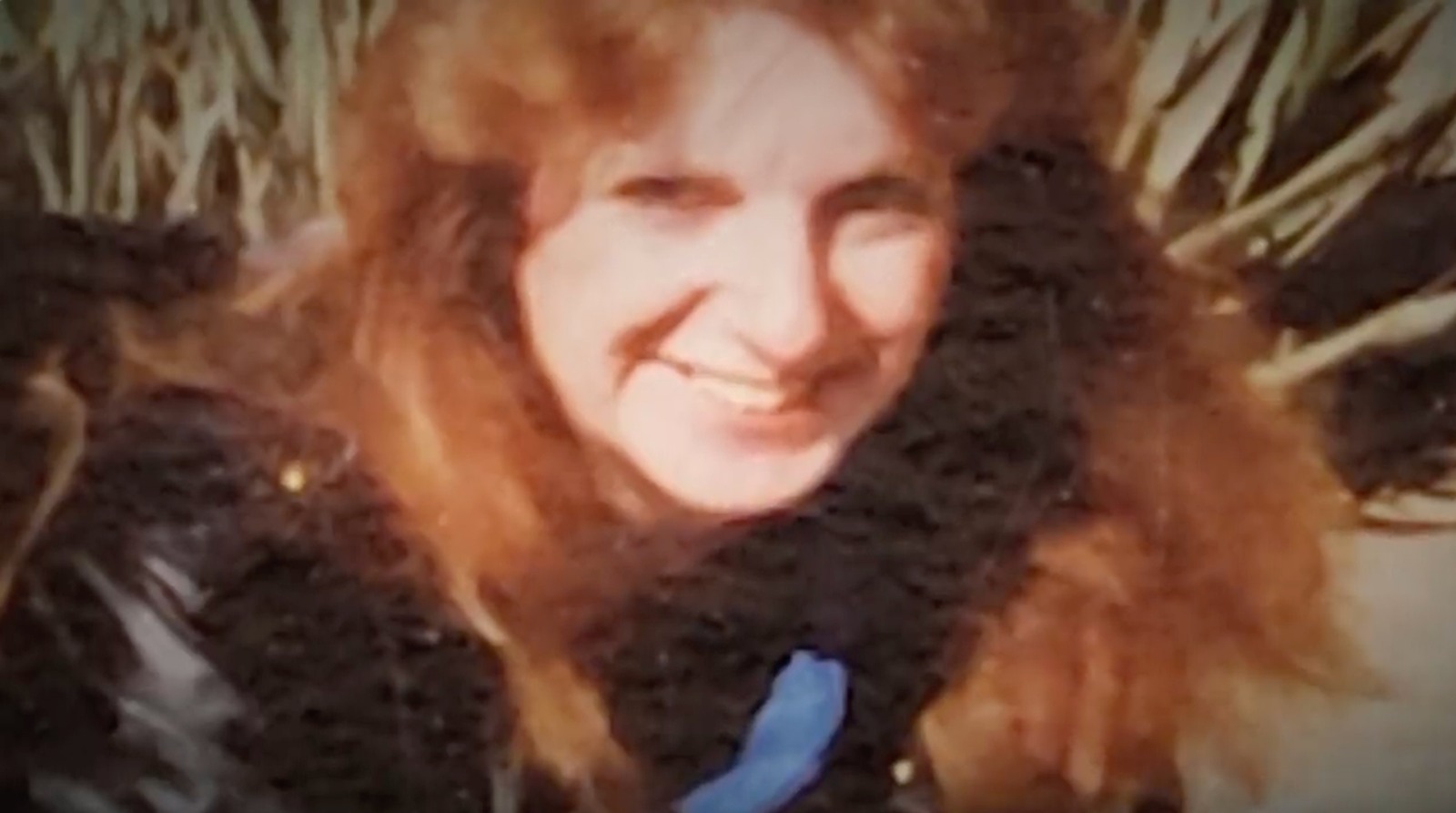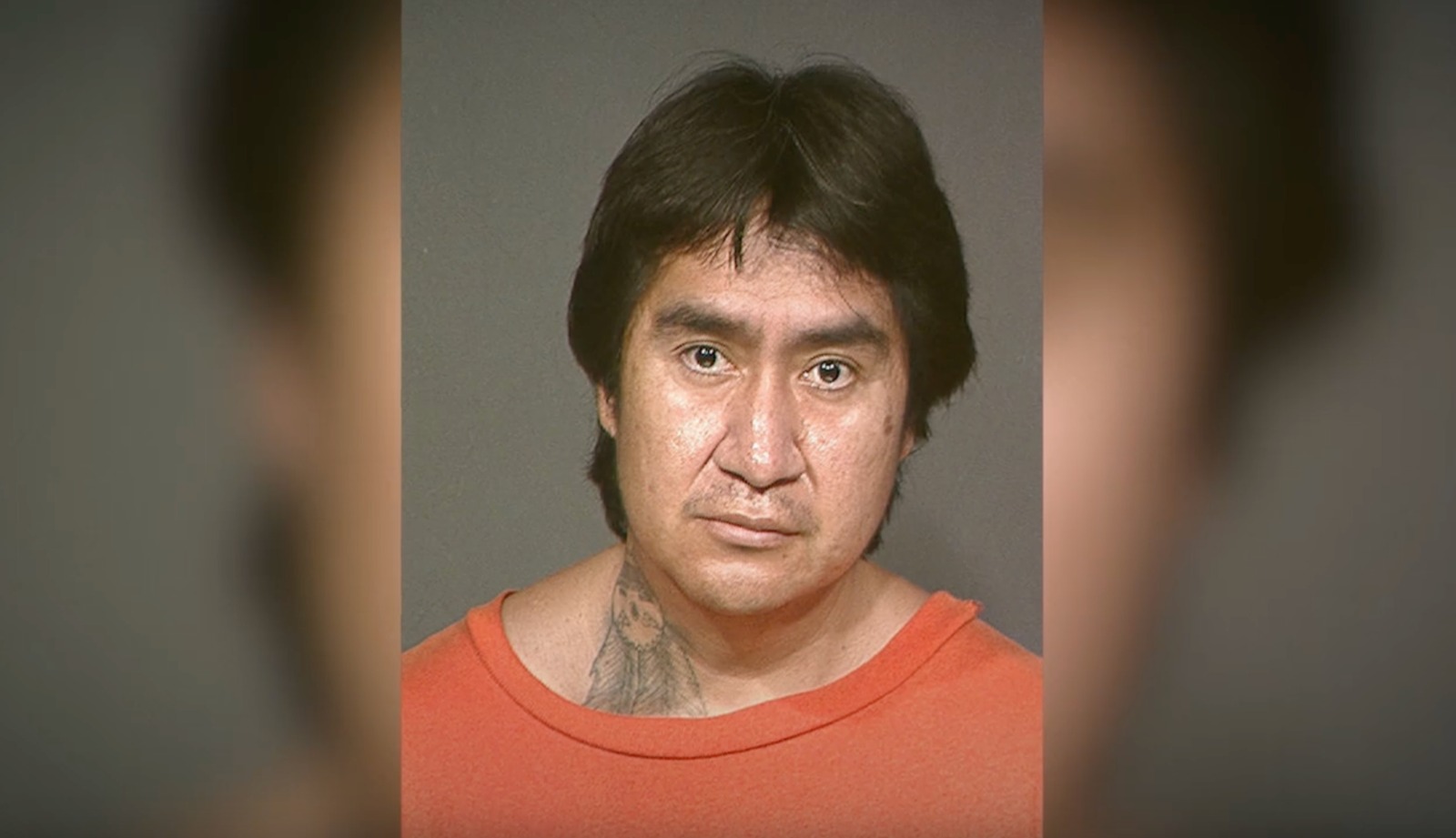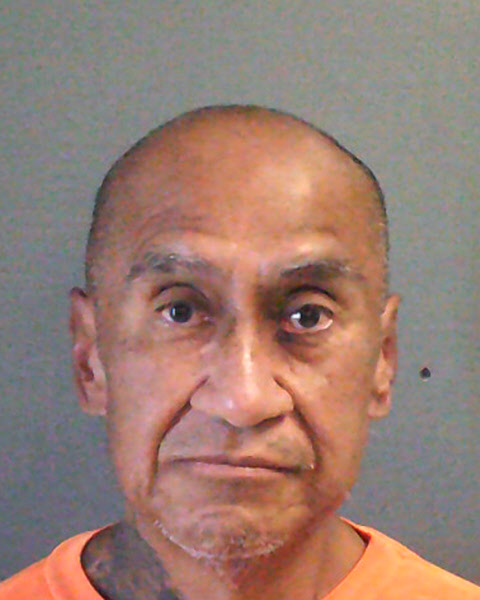Investigation Discovery’s ‘Crime Scene Confidential: A Murderer’s Mark’ chronicles how 36-year-old night manager Kim Ancona was murdered inside her Phoenix, Arizona, bar in late December 1991. The case caught national headlines not only because of the brutality the victim suffered but also because the authorities arrested and charged an innocent individual, who remained behind bars for more than a decade. Almost two decades later, forensic evidence helped the police catch the real killer, and if you wish to learn more about this case, here’s what we know.
How Did Kim Ancona Die?
Born to Patricia Gasman and John Randall, Kimberly “Kim” Ann Ancona, 36, worked as a night manager at CBS Restaurant and Lounge in Phoenix, Arizona, in December 1991. She was recently divorced and had three children — her daughter, Kelley Supler, and sons, Christopher and Daniel Miller. On December 29, the lounge’s owner, Hank Arredondo, opened the restaurant to make a shocking discovery — Kim lying dead on the men’s bathroom floor. She had numerous stab wounds and lay unclothed in a pool of blood inside a toilet stall.

According to her autopsy report, Kim had six stab wounds, including one fatal injury in her back and five more around her neck area. CSI Alina Burroughs stated the neck wounds were not deep enough to cause death but “were controlling.” The police found the victim’s shirt and tank top beneath the body, and the knife wounds indicated the perpetrator stabbed her several times in the neck to gain control of her before sexually assaulting her and fatally stabbing her in the back. It was a brutal, heinous, and degrading crime.
Who Killed Kim Ancona?
The investigators interviewed Hank to learn Kim had been recently promoted to the managerial position, and the ambitious woman worked hard to make ends meet for her family. Former Defense Attorney Chris Plourd noted, “She really suffered painfully.” The forensic investigators experienced difficulty processing the crime scene since the body was lying too close to the stall door. Former CSI Kevin Denomie of the Phoenix Police Department explained, “We had to be very careful to preserve the sanctity of the crime scene.”

The medical examiner noted two bite marks on the victim’s left breast and one at the throat. They swabbed the areas since there was a high probability of saliva being left by the perpetrator when he savagely bit Kim. The police also found a bloody wooden shim inside the bathroom stall, which the perp allegedly used to insert inside the body, thus signifying sexual depravity. While the busy bar seemed a cesspool of forensic evidence, the investigators discovered the chairs had been piled on tables, indicating the murder happened after closing.
The blood discovered at the crime scene matched the victim’s blood type, while the saliva on her body belonged to someone with the most common blood type. There was no semen present, and DNA testing was not conducted. The homicide investigators focused on the bite marks on the victim’s breast and neck. Upon discovering that Ray Krone, a frequent customer, had helped Kim close the bar the previous night, the police asked him to provide a Styrofoam dental impression for a comparative analysis of his teeth.
Ray claimed that the lead detective had formed a belief in his guilt without concrete evidence or scientific support. Within two days, the analysis purportedly confirmed the presence of Ray’s fingerprints, footprints, and hair on the victim’s body. During his 1992 trial, Ray consistently maintained his innocence, stating that he was asleep in bed when the crime occurred. Prosecution experts testified that the bite marks on the victim’s body matched Ray’s Styrofoam dental impressions, leading the jury to convict him of murder and kidnapping.

As a result, he received a death sentence and an additional 21-year prison term, although he was acquitted of the sexual assault charge. In 1996, following a decision by an appeals court that determined the prosecution had failed to provide the defense with a report from an expert stating that the bite marks did not match Ray’s dental impressions, he secured a new trial. He was again found guilty, primarily due to the state’s reliance on purported expert testimony regarding the bite marks. However, this time, the judge imposed a life sentence.
In 2001, Ray’s defense counsel applied for DNA testing of biological evidence preserved from the murder scene and found on Kim’s clothes, a beer bottle and glass, and a substance on the men’s toilet floor. The Phoenix Police Department’s Crime Lab got the results in 2002, which excluded Ray. When the authorities ran the results through the FBI’s DNA database, they were found to match the DNA profile of a man named Kenneth Phillips Jr. He was incarcerated for an unrelated crime of sexual assault. He had been living just a couple of blocks from the CBS Lounge at the time of Kim’s murder. More tests were run on the remaining evidence.
Kenneth Phillips Jr. Remains Incarcerated Today
Blood from Kim’s jeans pocket and underwear was found to have come from Kenneth. Fingerprints found at the murder scene, previously ruled by police to be irrelevant to the crime, were found to match Kenneth, who had leaned against the condom machine and inside of the men’s room door while attacking and killing Kim. On April 29, 2004, Ray’s conviction was thrown out, and the case against him was dismissed. Kenneth pled guilty to murder and sexual assault and was sentenced to 53 years to life on August 18, 2006. He remains incarcerated at the Arizona State Prison Complex Eyman – Cook Unit in Florence, Arizona, and has 20 disciplinary infractions.
Read More: Ray Krone: Where is Falsely Convicted Now?


You must be logged in to post a comment.